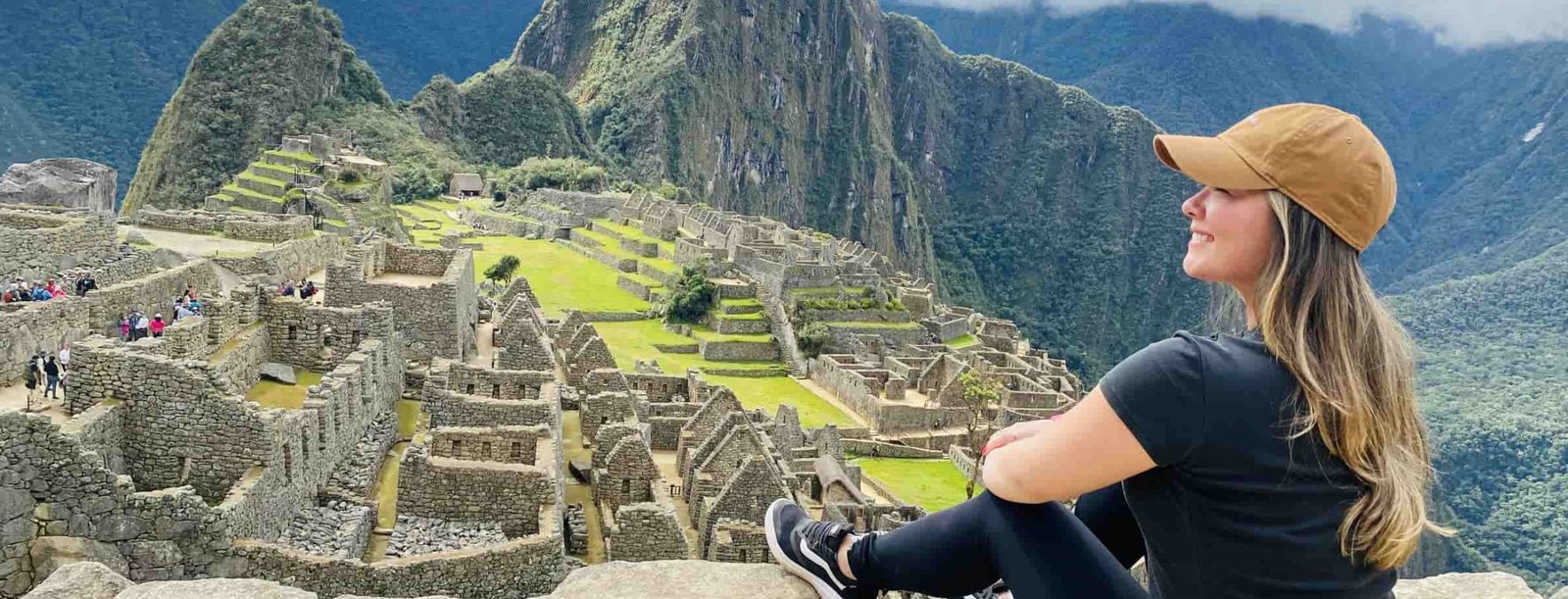


Set off from km 82 at sunrise, winding through pine forest, then reach the first campsite near Sayaqmarca ruin by late afternoon—quiet moment, almost surreal. Day two starts early, climb to a viewpoint above Dead Woman’s Pass then drop to the second camp at Chaquicocha lagoon, reflections on water. On day three you stroll past Winay Wayna first, then glimpse the final slope, night under stars. Last day dawn: Sun Gate glow, visit Inca City Machu Picchu. Felt intense when you near that stone path. I almost lost my breath—in a good way.
You need stamina. Reaching 4 200 m in less than 12 h. First push: Dead Woman’s Pass, steep switchbacks. Then Pacaymayo valley, pine trees overhead. On day two you swing north past Runkuracay ruin, glimpse a waterfall. Third morning hits you: Wiñay Wayna, heart racing. The trail curves west, silent. Fourth day: short climb, Sun Gate panorama—and then visit Inca City Machu Picchu. No easy bits. I doubted myself at the pass. Yet overcame. Gear, guides, meals—all arranged. For those craving a test at altitude, this trek delivers.
.Venture where moss drips off ferns, orchids dot the trees. Day one you cross a small creek before reaching Llactapata ruin by dusk—camp on a grassy shelf. Next stretch winds through thick mist, gentle ups and downs, then first view of Machu Picchu slope through clouds. Third day packs your group past steep steps at Wiñay Wayna then camp under ancient stone walls. Final dawn trek to Sun Gate, silent forest on both sides, then visit Inca City Machu Picchu. Feels almost spiritual, like you’ve found a secret. Guides leave no trace. I loved that.
At YACANA PERU, we are a 100% local tour operator dedicated to responsible and sustainable tourism, offering unique trekking and cultural experiences across the Andes, Altiplano, and Amazon. Rooted in our Aymara and Quechua heritage, we take pride in sharing authentic Peruvian culture with travelers through personalized, small-group, or private tours. Our commitment to respect, responsibility, honesty, and punctuality ensures unforgettable journeys that honor local communities and protect the environment.
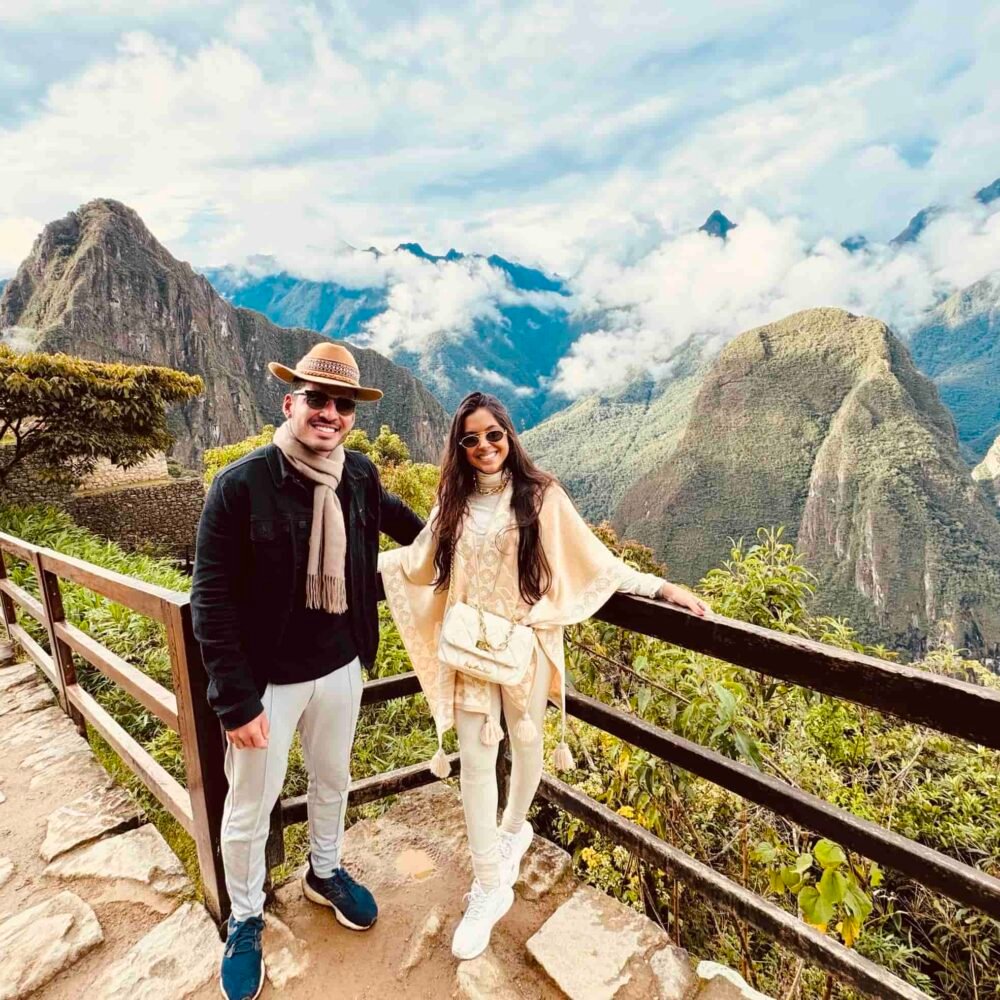
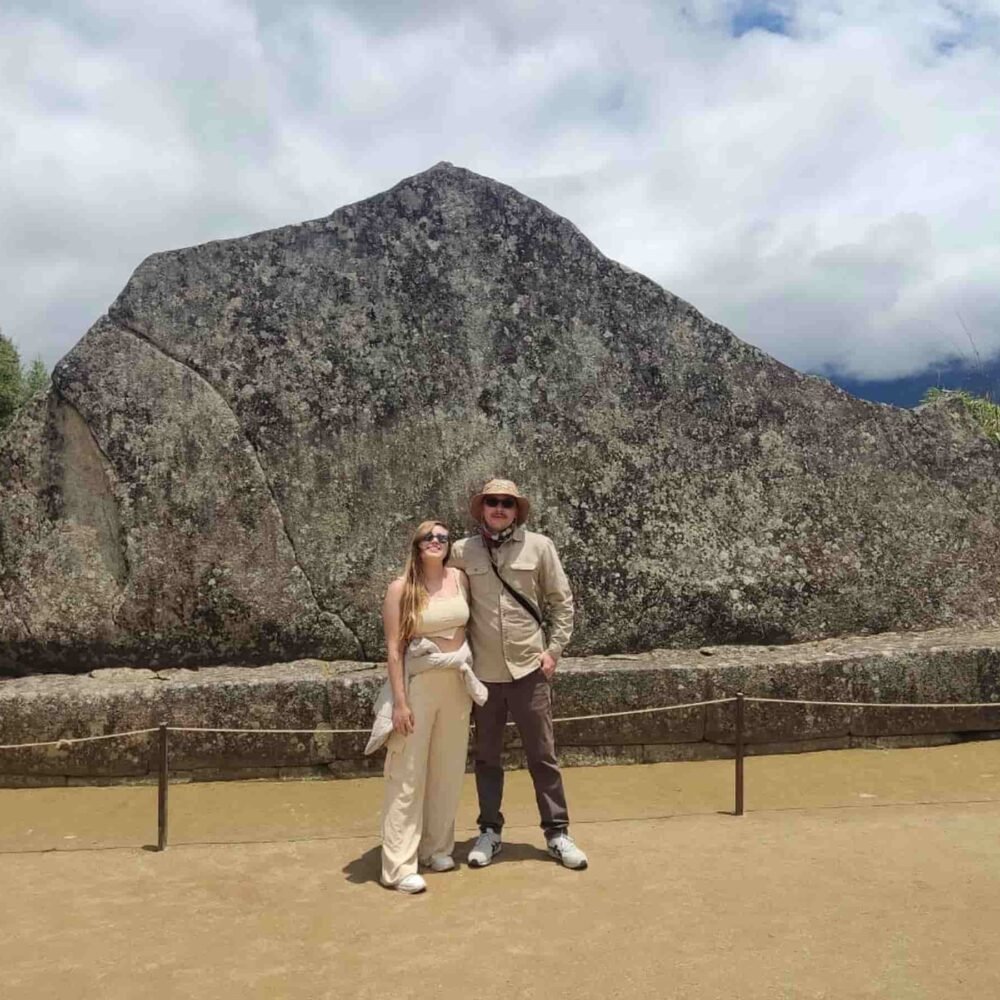
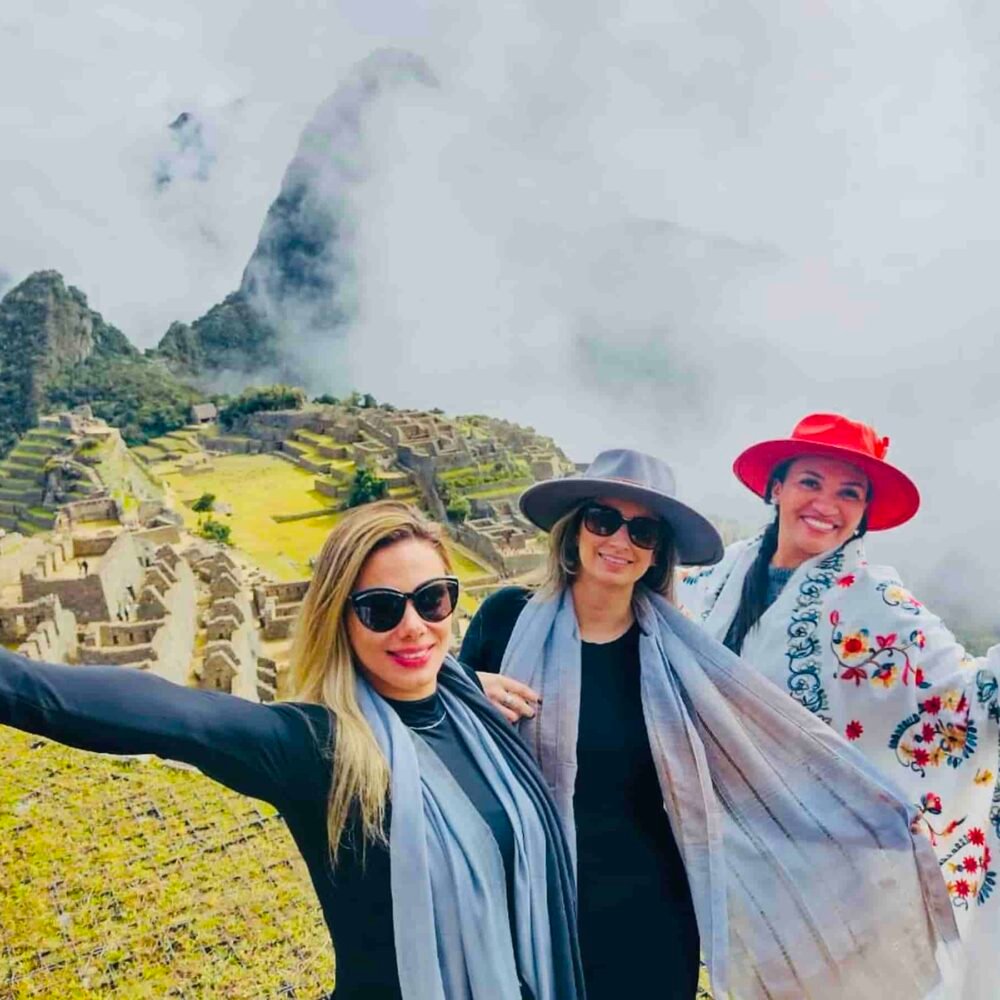

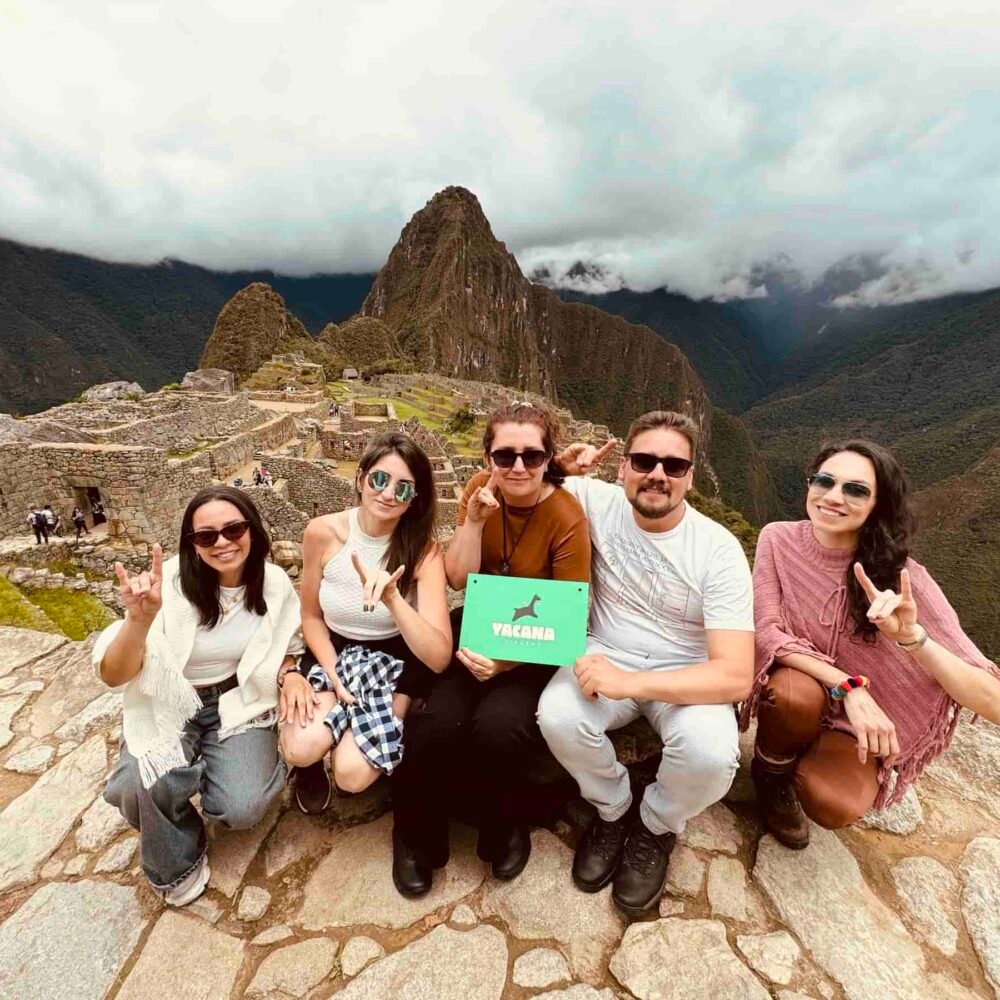

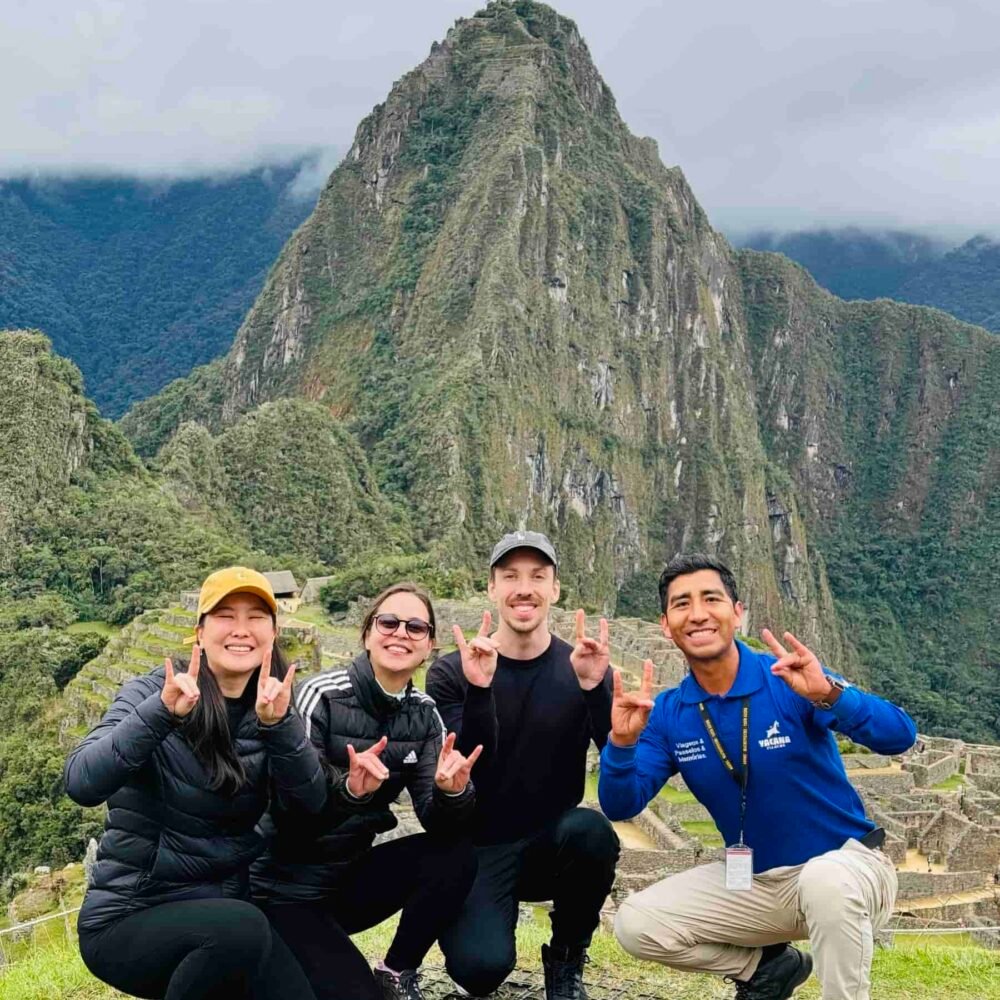
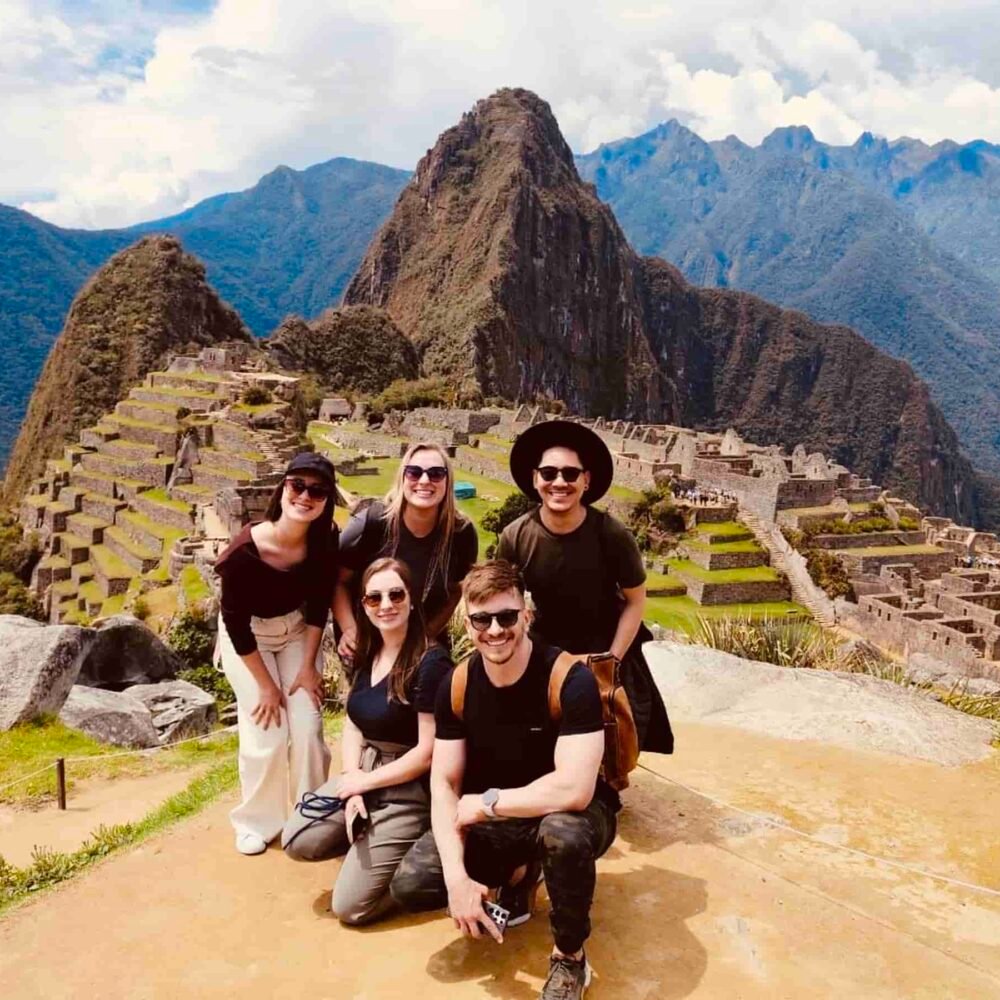
Most groups tackle it in four days and three nights. Day one warms you up with rolling hills. Day two hits the highest pass. By day three you sense the finish line near Machu Picchu. The last morning you rise before dawn. Intense.
It’s rated intermediate to challenging. You’ll face long ascents and descents on stone steps. You don’t need elite fitness but you do need stamina. Pack training hikes and stair sessions weeks ahead. Muscle memory matters.
The hike weaves through Inca walls jungle cliffs and mist-shrouded summits. You visit ancient ruins not reached by train. You share trails with bright orchids hummingbirds and curious foxes. There’s no equal to this mix of culture wild wilderness and breathtaking heights.
Yes – several options like Lares Circuit or Salkantay Trek. They reroute you through high passes or remote valleys then end at the Inca City. Each has its own flavor. Worth considering if permits sell out fast.
You buy the ticket through an official agency licensed by Peru’s Ministry of Culture. Book online or via a local operator. They handle permits guide and porter logistics. Make sure they’re legit.
Permits sell out months ahead especially May to September. Aim to buy at least four to six months before your planned date. Sometimes one or two months out you might still luck out in low season. But often too late.
Roughly 500 permits across all groups including guides and porters. That equals about 200 guest spots. Once they’re gone no more hiking the Inca Trail until next day. Ask your operator for current availability.
Yes you must carry insurance that covers high-altitude trekking medical evacuation and trip interruption. No exceptions. It’s for your safety more than anything. I’ve seen how fast weather and altitude can turn things sideways.
Peru law mandates an official guide for the Inca Trail. Guides lead groups through trails check permit compliance and share local insights. Trying to go solo isn’t allowed. You’ll miss stories only they know.
No. Independent trekking is prohibited. The only way to hike is in a licensed group with guides porters and tents arranged by an approved agency. It feels strange at first but the team support eases the load.
Your personal pack carries daily essentials – water bottle snacks rain poncho sunblock first-aid kit warm layers camera. Weight limit is five kilos enforced at start. Light packing is clutch here.
Yes tents sleeping mats and even down sleeping bags can be rented in Cusco or through your tour operator. Inspect gear for tears and zippers before you depart. A leak at night… no thanks.
Porters handle group gear only – shared tents cooking gear food. Your personal items max out at five kilos. They weigh packs before departure. Keep it small or regret the squeeze.
Most trekkers swear by them. They ease knee strain on descents and help with balance on slick stones. I used mine daily. A simple foldable pole can be a lifesaver.
Layering is essential. Breathable base layer quick-dry shirt insulating mid-layer windbreaker rain shell. And a warm hat gloves for high passes. Cotton kills. Merino or synthetics breathe better.
Sudden showers are common. Waterproof shell and pants are mandatory. Pack rain covers for your pack too. Wet gear on day two can haunt you nights three and four. Trust me.
A few days acclimatizing in Cusco helps. Move slowly on day one sip coca tea avoid alcohol and heavy meals. If you feel dizzy descend a bit rest. Pills can ease symptoms but slow pace is key.
Expect between five and eight hours daily. Day two clocks in longest around eight hours with big climbs. Day four just two to three hours to the Inca City. Pace varies with group energy and stops.
Sites shift by itinerary. Day one near Llactapata ruins in lush forest. Day two at Pacaymayo valley below the pass. Night three at Winay Wayna by terraces. Views change but mosquitoes stay.
Three meals daily cooked on site. Breakfast oats eggs pancakes. Lunch quinoa salad soups. Dinner pasta rice local potatoes and meat or fish. Snacks include cookies fruit and energy bars. Not gourmet but filling.
Yes just request when you buy the ticket. Operators adapt menus for vegetarian or vegan diets. They do their best but options can be limited at high camps. Be flexible.
The Inca Trail winds through high Andean passes dense cloud forest and ancient Inca sites before you finally reach Machu Picchu Inca City. You follow stone pathways that have stood for centuries while breathing Andes air at altitudes ranging from around 2 600 m in the jungle sections up to Dead Woman’s Pass at approximately 4 200 m. I’ve often wondered how many hands carved each step. It feels historic and raw.
Permits sell out fast so you must buy yours through a licensed local agency approved by Peru’s Ministry of Culture. Popular months like June and July fill up within weeks. Sometimes you think there’s still a spot then – gone. Agencies handle your permit guide and porter details but always check they’re registered. No permit no hike.
Your daypack holds snacks trail mix a rain shell sun hat and water bottles. Carry a warm down jacket gloves and a buff for wind chills at night. I tried using cotton once – rookie mistake. Opt for merino wool or synthetic layers that dry fast. Don’t skip waterproof covers for your pack and camera.
First day you might spot hummingbirds near orchid clusters at Llactapata. Later on the cloud forest slopes look for spectacled bears paw prints or elusive foxes. Polylepis trees appear as you drop toward Pacaymayo valley. I once heard an owl hoot just as dawn broke – unexpected and thrilling.
Night one you rest amid ferns and wild orchids under a soft breeze. Second night near Winay Wayna terraces the air tastes colder and wings of moths brush your tent. Last camp sits just below the Sun Gate allowing you to wake early and walk straight into that first sunrise over Machu Picchu Inca City. Restless night before final push. Excitement peaks.
Day one feels like a warm-up with rolling hills and a few Inca ruins. Day two drains you – steep ascent up to Dead Woman’s Pass then a fast drop toward Pacaymayo valley. Day three blends tranquility and tension as you navigate narrow stone staircases above misty gorges. Last morning you hike two hours then step through Sun Gate. Silence. Awe.
Inca Trail systems once connected Cuzco to distant settlements across six modern countries. Along the way you’ll pass Sayacmarca a cliffside settlement featuring water fountains carved into rock walls. Q’ente section reveals ancient terraces where grains once grew. Guides share Quechua terms coca tea traditions and local legends that bring ruins to life.
If permits sell out consider the Salkantay Trek or Lares Route which cross different passes and lead you by hot springs or highland communities. They finish at Machu Picchu Inca City too but with fewer hikers on trail and more interaction with Andean farmers. Some say it’s more authentic. Others miss Inca trail’s stonework.
After entering Machu Picchu Inca City at first light take time to wander terraces then climb up to the Sun Gate or Inca Bridge. I often doubt which view feels more epic. Remember your return train from Aguas Calientes departs later in the afternoon so plan walking times accordingly. Rest those legs. Reflect. You did it.
Design your travel plan from 0, use a published itinerary or modify it to your preferences on how you’d like to remember your dream trip. All plans are 100% tailor-made. For that, please share your preferences below, and we’ll get back to you within 24 hours.